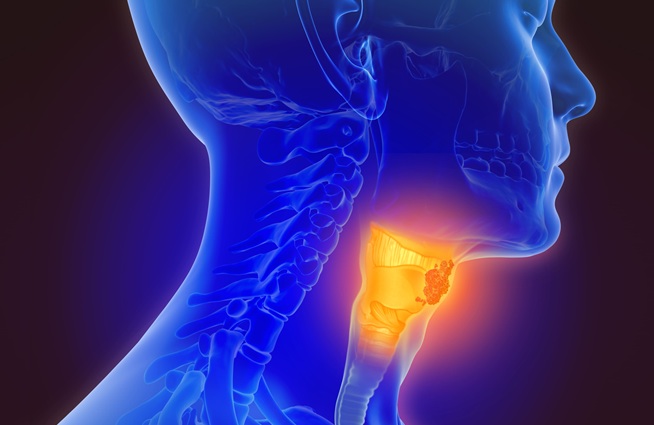Compounds Detected in Breath Samples Specific to Ovarian Cancer
By LabMedica International staff writers
Posted on 14 Oct 2015
Diagnosing cancer today usually involves various imaging techniques, examining tissue samples under a microscope, or testing cells for proteins or genetic material. Posted on 14 Oct 2015
In search of safer and less invasive ways to tell if someone has cancer, analyzing breath and defining specific profiles of compounds in breath samples is under investigation, but translating these exhaled disease fingerprints into a meaningful diagnosis has required a large number of sensors, which makes them impractical for clinical use.

Image: Schematic representation of analysis of breath samples for the diagnosis of ovarian cancer (Photo courtesy of Technion).
Chemical engineers at the Technion, Israel Institute of Technology (Haifa, Israel) and their colleagues developed a small, breath-diagnostic array based on flexible gold-nanoparticle sensors for use in an “electronic nose.” Flexible sensors based on molecularly modified gold nanoparticles (GNPs) were integrated into a dynamic cross-reactive diagnostic sensing array. Each bending state of the GNP-based flexible sensor gives unique nanoparticle spatial organization, altering the interaction between GNP ligands and volatile organic compounds (VOCs), which increases the amount of data obtainable from each sensor.
Individual dynamic flexible sensor could selectively detect parts per billion (ppb) level VOCs that are linked with ovarian cancers in exhaled breath and discriminate them from environmental VOCs that exist in exhaled breath samples, but do not relate to ovarian cancer per se. Strain-related response successfully discriminated between exhaled breath collected from 43 volunteers, 17 of whom had ovarian cancer, with data from a single sensor being sufficient to obtain 82% accuracy, on breath samples irrespective of important confounding factors, such as tobacco consumption and comorbidities. The approach raises the hope of achieving an extremely simple, inexpensive, portable, and noninvasive diagnostic procedure for cancer and other diseases. The study was published online on September 9, 2015, in the journal Nano Letters.
Related Links:
Technion, Israel Institute of Technology














